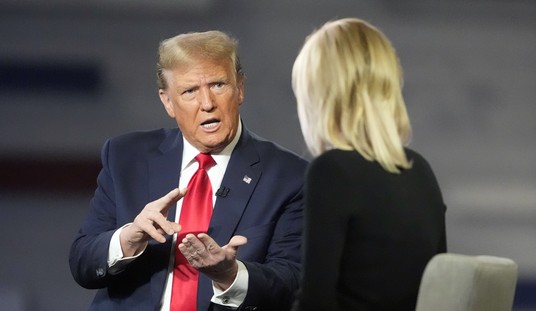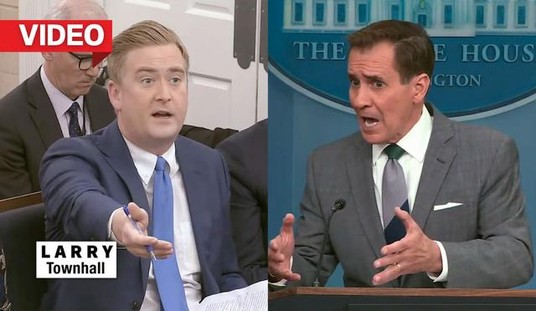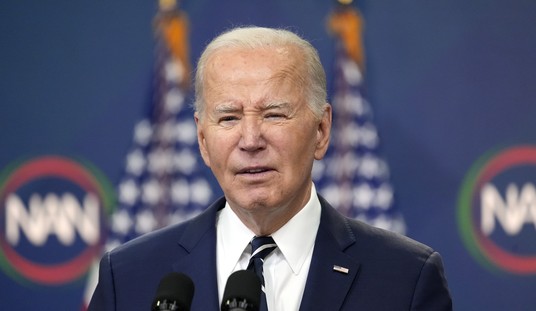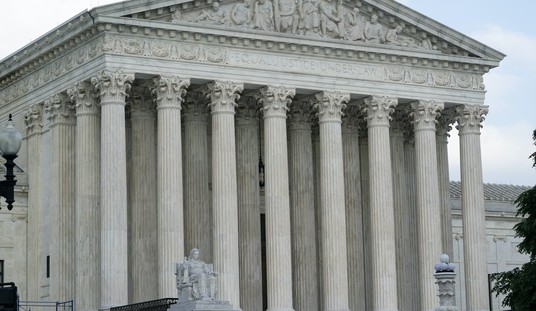Netflix recently announced it had lost 800,000 subscribers in the third quarter of this year. No surprise there, really. The company effectively tried to double what it charged consumers, and many instead headed for the exit.
In a rational system, prices tend to fall as time goes by. A version of the iPhone that once cost hundreds of dollars is now free, because Apple has unveiled a newer version that makes the old one less desirable. What goes up will, eventually, come down, one might say.
This brings us to columnist Steven Pearlstein’s Nov. 6 column in The Washington Post. He thinks our country is experiencing another bubble and prices are being artificially inflated. “Little did you know that it’s no longer the supply and demand for companies, houses, office buildings, natural gas or wheat that sets prices,” he writes. “More likely it’s the supply and demand for the futures, swaps and other derivative instruments linked to those things.”
Derivatives certainly proved to be a time bomb in the housing industry. Pearlstein thinks we may be heading for a similar fate in commodities.
“Because of a sudden desire to earn higher returns and diversify investment portfolios, there are more people wanting to invest in corn and copper and oil than there is corn and copper and natural gas produced and consumed,” he notes. “But no problem. The financial wizards on Wall Street have magically conjured up synthetic corn and copper and West Texas oil so that speculators can provide hedging opportunities for other speculators.”
It’s a fair concern. But the columnist’s mistake is to assume that we live in a pure market economy where “food was meant to be eaten, oil and gas to be turned into energy, and metals to be turned into cars, bridges and downspouts.” There’s a reason futures prices aren’t behaving rationally in several of these areas: The government is involved in picking winners and losers.
Recommended
Consider food.
Corn may be the most important grain in human history. “We’re like corn chips walking because we really have a very, very large fraction of corn in our diets, and we actually can’t help it because it's an additive in so many of the foods we find on the market shelves,” Todd Dawson, a plant biologist at the University of California-Berkeley, told CNN.
Michael Pollan is the author of The Omnivore’s Dilema. “I've been following a bushel of corn through the industrial food system,” he wrote a few years ago. “What I keep finding in case after case, if you follow the food back to the farm -- if you follow the nutrients, if you follow the carbon -- you end up in a corn field in Iowa, over and over and over again.”
Pollan thinks that’s a bad thing. But, he notes, “Overproduction of cheap corn is government policy. It’s done in the name of the public interest, using our taxpayer dollars. American taxpayers subsidize every bushel of industrial corn produced in this country, at a cost of some four billion dollars a year.”
If that doesn’t explain why investors expect the price of corn to keep increasing, maybe this Reuters report does. “Assuming U.S. ethanol production continues to expand to the Energy Department’s projected 11.2 billion gallons by 2012, about 30 percent of the corn crop will be needed for the fuel supply, according to the Government Accountability Office.”
So Americans are going to burn, rather than eat, about a third of our corn. Reuters notes that would leave less corn to feed to animals, thus increasing feed costs and meat prices. Again, unless the government steps out of the corn market, betting on higher prices makes sense.
“You can bet what’s left in your 401(k) that there’s about to be a commodities bubble -- one that will generate big fees for Wall Street and leave a mess for everyone else,” Pearlstein concludes.
He’s correct that food and fuel prices may well decline, if government bodies get out of the way and let the market work. However, as long as government policies continue driving down supplies, prices seem more likely to increase than to decrease.

























Join the conversation as a VIP Member